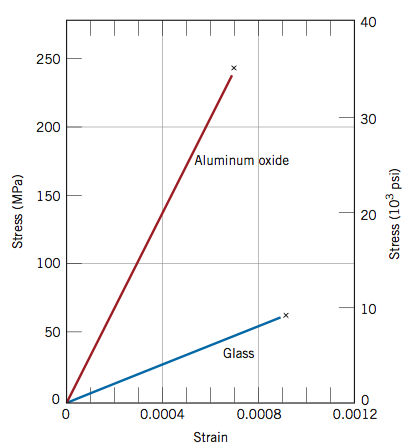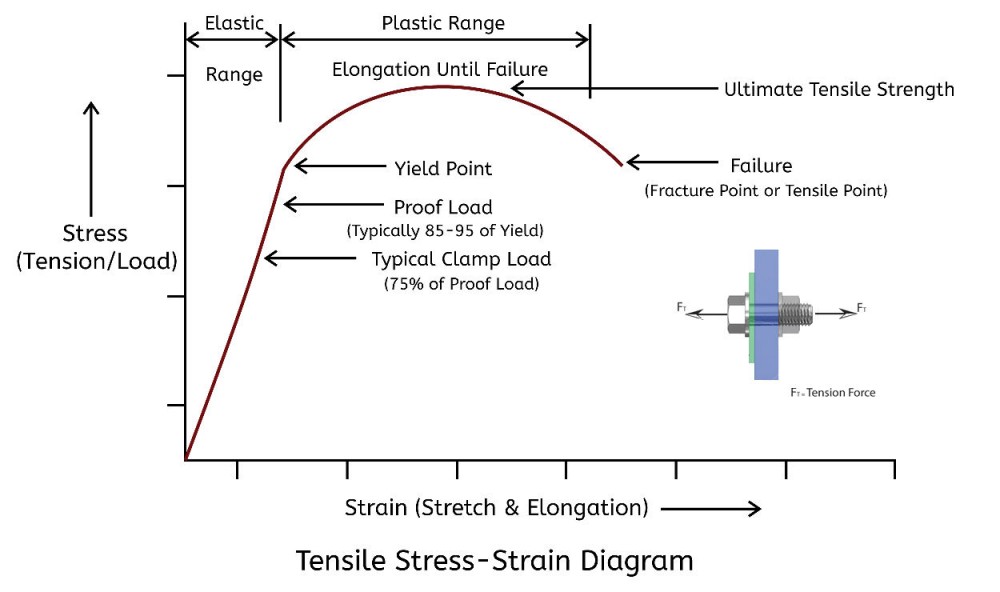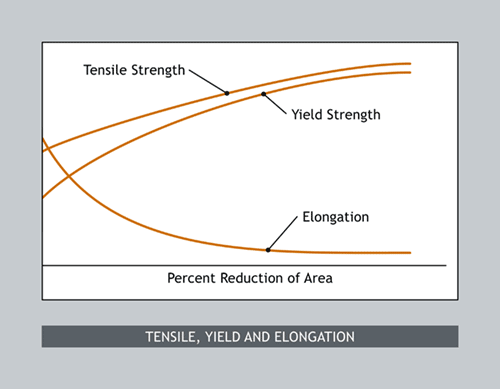Ceramic Ultimate Tensile Strength

Ceramic steel industry.
Ceramic ultimate tensile strength. For ductile materials ultimate strength is roughly 1 5 times higher than yield strength. Alumina for example has a tensile strength of 20 000 psi 1138 mpa while the compressive strength is 350 000 psi 2400 mpa. Ultimate tensile strength often shortened to tensile strength ultimate strength or f tu displaystyle f text tu within equations is the maximum stress that a material can withstand while being stretched or pulled before breaking. Ceramics tend to be weak in tension but strong in compression.
They provide high wear heat and corrosion resistance as well as high tensile strength volume resistivity dielectric strength and modulus of elasticity. Cmc materials with a low matrix content down to zero have a high tensile strength close to the tensile strength of the fiber but low bending strength. In brittle materials the ultimate tensile strength is close to the yield point whereas in ductile materials the ultimate tensile strength can be higher. 1260 to 1760 product name.
The term ultimate tensile strength or uts is used to refer to the maximum stress that a material can handle before becoming elongated stretched or pulled. In ductile materials yield strength is much lower than ultimate strength. The ultimate tensile strength is usually found by performing a tensile test and recording the engineering. Ceramic materials offer a number of benefits in a variety of applications.
Ultimate tensile strength decreased from 244 mpa in the as received condition to 107 mpa after exposure to 1000 c. Cmc materials with a low fiber content down to zero have a high bending strength close to the strength of the monolithic ceramic but no elongation beyond 0 05 under tensile load. Porcelain is a ceramic material made by heating selected and refined materials often including clay in the form of kaolinite to high temperatures. For a metal the compressive strength is near that of the tensile strength while for a ceramic the compressive strength may be 10 times the tensile strength.
Two vises apply tension to a specimen by pulling at it stretching the specimen until it fractures. Ultimate tensile strength uts is considered as the failure criteria for brittle material.









